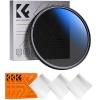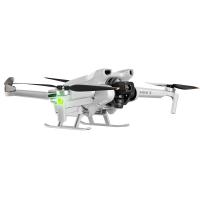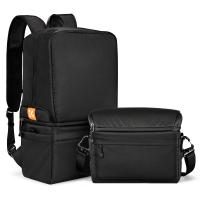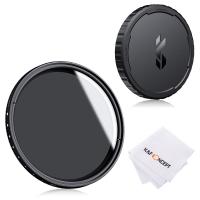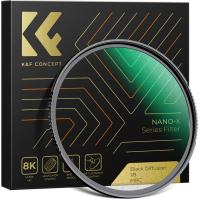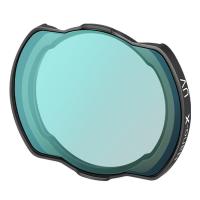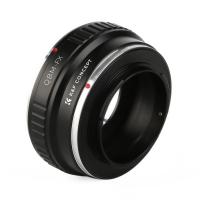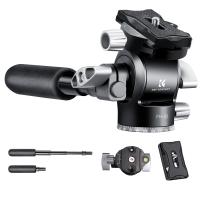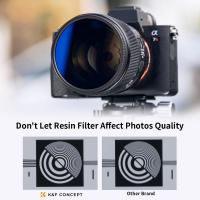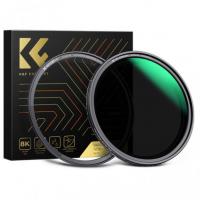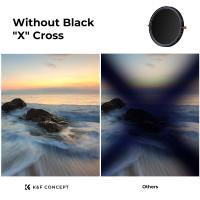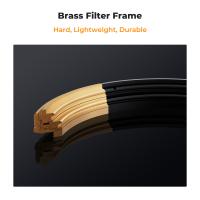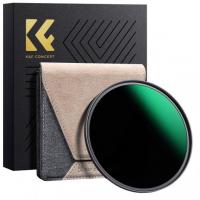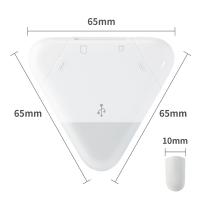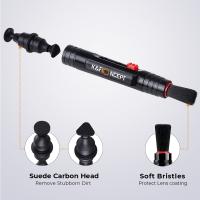When Do You Use Nd Filter Photography?
Neutral Density (ND) filters are an essential tool in the arsenal of any serious photographer. They are used to control the amount of light entering the camera lens, allowing for greater creative control over exposure settings. Understanding when and how to use ND filters can significantly enhance your photography, enabling you to capture images that would otherwise be impossible. In this article, we will explore the various scenarios in which ND filters are most beneficial, the types of ND filters available, and practical tips for using them effectively.
Understanding ND Filters
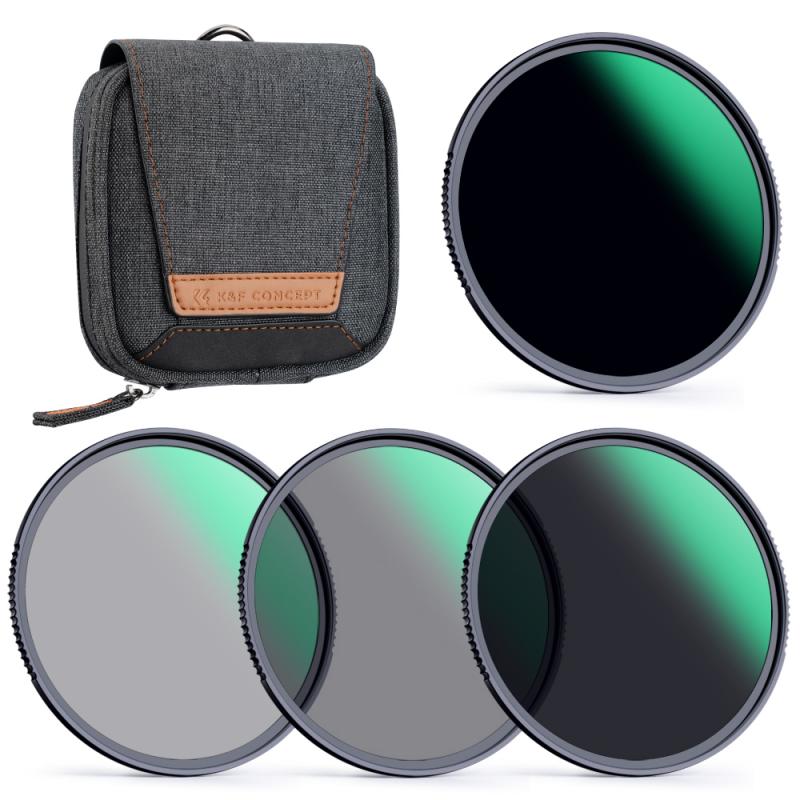
An ND filter is a piece of glass or resin that reduces the intensity of light entering the camera lens without affecting the color of the image. This allows photographers to use slower shutter speeds or wider apertures than would otherwise be possible in bright conditions. ND filters come in various strengths, typically measured in stops, which indicate how much light they block. Common strengths include 3-stop, 6-stop, and 10-stop filters, though there are many other variations.
When to Use ND Filters

1. Long Exposure Photography
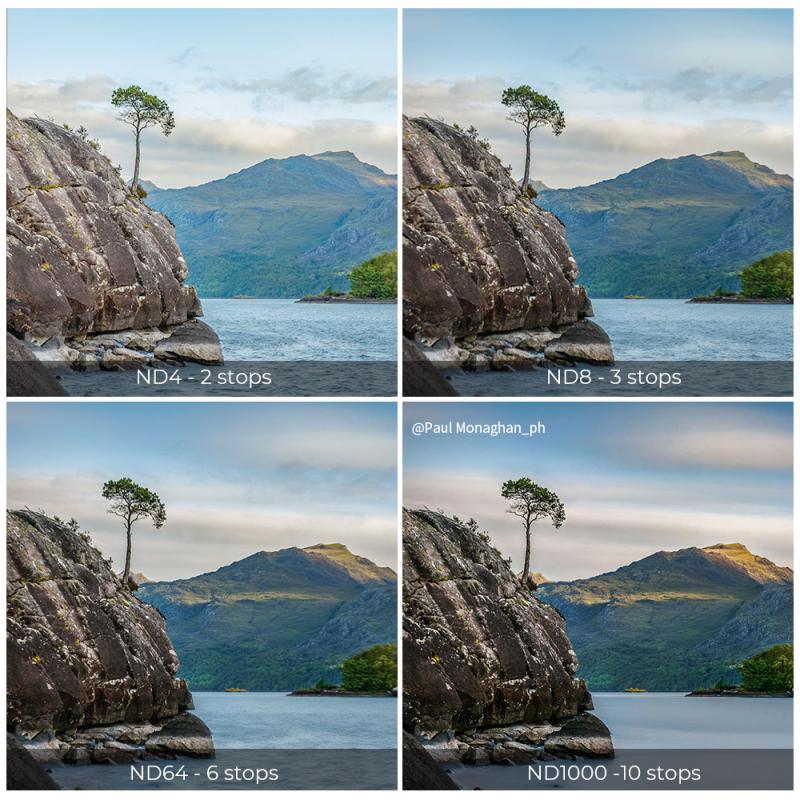
One of the most popular uses of ND filters is in long exposure photography. By reducing the amount of light entering the lens, ND filters allow photographers to use slower shutter speeds even in bright daylight. This can create stunning effects such as smooth, silky water in seascapes and waterfalls, or motion blur in clouds and other moving elements.
For example, capturing the movement of water in a river or the ocean can result in a dreamy, ethereal effect that adds a sense of motion and tranquility to the image. Similarly, long exposures of clouds moving across the sky can create dramatic, streaked patterns that add a dynamic element to landscape photography.
2. Controlling Depth of Field

ND filters are also useful for controlling depth of field in bright conditions. In portrait photography, for instance, photographers often want to use a wide aperture to achieve a shallow depth of field, which helps to isolate the subject from the background. However, in bright sunlight, using a wide aperture can result in overexposed images. An ND filter allows the photographer to use a wide aperture without overexposing the image, thus achieving the desired shallow depth of field.
3. Reducing Glare and Reflections
While polarizing filters are typically used to reduce glare and reflections, ND filters can also help in certain situations. For example, when photographing water or glass surfaces, an ND filter can reduce the intensity of reflections, allowing for clearer and more detailed images. This is particularly useful in landscape photography, where reflections from water bodies can be distracting.
4. Achieving Motion Blur in Daylight
Capturing motion blur in daylight can be challenging due to the high levels of ambient light. ND filters make it possible to use slower shutter speeds to capture motion blur in subjects such as moving vehicles, people, or animals. This technique is often used in street photography and sports photography to convey a sense of movement and energy.
5. Balancing Exposure in High-Contrast Scenes
In high-contrast scenes, such as those with both bright sunlight and deep shadows, ND filters can help balance the exposure. Graduated ND filters, which are darker at the top and gradually transition to clear at the bottom, are particularly useful for landscape photography. They allow photographers to properly expose the sky without underexposing the foreground, resulting in a more balanced and visually appealing image.
Types of ND Filters
There are several types of ND filters, each suited to different photographic needs:
1. Fixed ND Filters
Fixed ND filters have a set level of light reduction, such as 3-stop, 6-stop, or 10-stop. They are straightforward to use and are ideal for situations where a consistent level of light reduction is needed.
2. Variable ND Filters
Variable ND filters allow photographers to adjust the level of light reduction by rotating the filter. This provides greater flexibility and is useful in situations where lighting conditions may change rapidly. However, variable ND filters can sometimes introduce unwanted artifacts, such as cross-polarization, especially at higher densities.
3. Graduated ND Filters
Graduated ND filters are darker at one end and gradually transition to clear at the other. They are particularly useful for balancing exposure in scenes with a bright sky and a darker foreground. Graduated ND filters come in various strengths and transition types, including hard-edge and soft-edge transitions.
Practical Tips for Using ND Filters
1. Use a Tripod
When using ND filters, especially for long exposure photography, a tripod is essential to keep the camera steady and avoid camera shake. This ensures sharp, clear images even with slow shutter speeds.
2. Calculate Exposure
Using an ND filter requires adjusting your exposure settings to account for the reduced light. Many cameras have built-in exposure calculators, but it can also be helpful to use a dedicated ND filter app or a simple exposure chart to determine the correct settings.
3. Focus Before Attaching the Filter
ND filters, especially those with higher densities, can make it difficult to see through the viewfinder or on the camera's LCD screen. It's often easier to compose and focus your shot before attaching the filter. Once the filter is in place, switch to manual focus to prevent the camera from attempting to refocus.
4. Watch for Vignetting
Using multiple filters or stacking filters can sometimes cause vignetting, where the corners of the image appear darker. To avoid this, use slim-profile filters and be mindful of the filter size relative to your lens.
5. Experiment with Different Strengths
Different scenes and lighting conditions may require different strengths of ND filters. Experiment with various filters to see how they affect your images and to find the right balance for your creative vision.
ND filters are a powerful tool for photographers, offering greater control over exposure settings and enabling creative effects that would be difficult or impossible to achieve otherwise. Whether you're capturing long exposures, controlling depth of field, reducing glare, achieving motion blur, or balancing exposure in high-contrast scenes, ND filters can help you elevate your photography to the next level. By understanding when and how to use ND filters, and by following practical tips for their effective use, you can unlock new creative possibilities and capture stunning images that stand out from the crowd.

